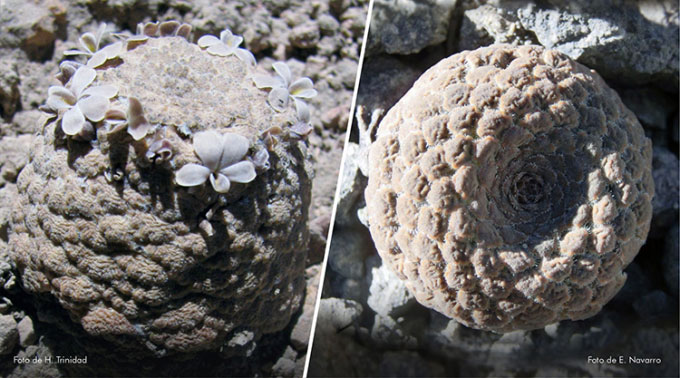Scientists Discover Two New Plant Species at Over 4,600m in the Andes Threatened by Mining Activities.

Viola ornata (left) and Viola longibracteolata (right). (Photo: H.Trinidad/E. Navarro).
The National University of San Marcos in Peru led a study on November 29, revealing that the new species have been named Viola ornata and Viola longibracteolata, both belonging to the subgenus Neo-andinium within the genus Violet (Viola). This subgenus comprises species primarily found in remote areas of the Andes at extremely high altitudes.
Both new species were discovered in southern Peru. While Viola ornata is endemic to the Moquegua region, thriving at altitudes between 4,650 and 4,970m in permafrost soil, Viola longibracteolata is endemic to Arequipa province, residing in cold rocky soils at elevations exceeding 5,000m above sea level.
Both species share common characteristics as perennial herbaceous plants with a hairy appearance, growing in a star-like formation and bearing small flowers. Their colors and shapes help them blend into their surrounding environment.
“The conservation status of these two new species is critically endangered, primarily due to the current quality of their habitat and the potential for their populations to decline, as these areas are severely impacted by excessive mineral extraction,” noted the National University of San Marcos.
The genus Viola comprises approximately 600 described species, with Neo-andinium being the largest subgenus, containing around 113 species concentrated in South America. The new discoveries in Arequipa and Moquegua raise the total number of Neo-andinium species identified in Peru to 15.


















































